Here you may view all of the artwork alongside wall texts included in the 2014 retrospective, Mary Holmes: Artist and Teacher, curated by Joan Blackmer in conjunction with the Mary Holmes Festival.
Eloise Pickard Smith Gallery, Cowell College, UCSC
Opened Friday, April 18, 2014
Mary Holmes: Founding Member of Cowell College, University of California Santa Cruz
Mary Adams Holmes was born on May 8, 1910 in Aberdeen, South Dakota. She earned a BA from Hollins College in 1931. After living abroad, she studied medical illustration at the Johns Hopkins Medical School. In 1941 she took a Master’s degree in art at the State University of Iowa, taught art history and appreciation there until 1947, and then taught at Ohio State University in Columbus. In 1953 she began to teach art history at UCLA and had her own weekly television program devoted to art appreciation.
In 1965, at the invitation of founding provost Page Smith, Holmes joined the faculty of the new University of California at Santa Cruz, where she gave the weekly art history lecture in Cowell College’s original World Civilization core course and taught courses on art around the world.
Holmes’ courses were extremely popular because of her gift for revealing meaning in the works of art and bringing to life the worldview that generated them. Her knowledge of history, culture, and thought was broad; her vision was illuminating, challenging, and uplifting; and her understanding of human nature was profound. Convinced that audiences would “delight in the truth,” she provoked much laughter as well as awe.
After her retirement in 1975, as Professor Emerita, Holmes continued for two decades to give a variety of courses and free public lectures in Santa Cruz and around the country. Among them were “Why Art?” “Art as Revelation, Meditation, and Judgement,” “Eastern Art and Western Responses,” “A Celebration of Beauty,” “Spirit in Art,” “Can Anybody Love Art?” “Art and the Inner Life,” “Can Art Be Underground Now?” and “The End of Art.”
With Page Smith, Paul Lee, and Donald Nicholl, Holmes led discussions at Penny University, open to all. Topics ranged from anything to everything. Holmes participated in College readings of Shakespeare and had triumphant performances as Miss Prism in a UCSC production of The Importance of Being Earnest and as the White Queen in the College’s human chess game during the culture break of 1968.
Holmes lived on a hilltop of sixty acres above Happy Valley Road among her horses, dogs, cats, sheep, goats, chickens, geese, guinea hens, peacocks, and a cow. There she built a studio in which to paint and a chapel devoted to the Holy Spirit, in which to hand her three sets of paintings of the Nine Gifts of the Spirit, the Life of the Virgin, and the Holy Spirit (open to women only). Behind the chapel stands a shrine containing the paintings comprising The Throne of Aphrodite: The Saints and Martyrs of Love.
Mary Holmes died on January 21, 2002. She is survived by her son and daughter-in-law, Michael and Becky O’Malley and three grand-daughters Sara, Rachel, and Eliza, and is remembered by countless friends, students, and admirers as a great light of their lives.
Mary Holmes: Artist and Teacher
Mary Holmes was a founding faculty member of Cowell College and a brilliant lecturer with many profound lessons for her students to contemplate about life. She taught her students how history and art inspire learning, exploration, joy, humor, and the development of ideas.
Widely appreciated for her brilliant teaching, few knew she was an exceptional painter. She worked in the privacy of her hilltop studio in an old water tower on her ranch in Santa Cruz. Mary was unique in that she avoided the styles and critics of the day, and painted with oils and other media in a classical tradition. With her extensive knowledge of history and a deep inner life of imagination, she drew inspiration from many sources and held high regard for painters Caravaggio and Miro.
In this collection of paintings for the show, there are early portraits of her family from the 1930s and 40s that have never been seen by the public. The painting entitled Mary Hanging the Apple to Michael demonstrates Mary’s transition from the portrait to the allegory. Over time, her allegorical paintings developed to reflect both biblical and mythological themes. As her paintings increased in size, the scale of her images increased the impact of the viewer’s experience. Other works in the show include a portrait done by Eduardo Carillo, and the large Succah paintings.
Mary’s paintings with the biblical and mythological themes address the exploration and portrayal of the aspects of the feminine as represented by the “Madonna, Aphrodite, and Sophia.” In commenting about her series of paintings, “Now we see through the glass darkly,” she addresses what she sees as “the veil of life through which we can never see clearly.” Within this exhibit there are paintings with biblical themes. For example, Eve and Lilith, where she brings to light her own allegorical interpretations of the story. In her mythological paintings, she paints themes such as Orpheus and Eurydice, and many others, relating stories or lessons about life in a similar way that the Greeks had an interest in the human figure – as a symbol for the union of the physical and the intellect.
As we approach the 50th anniversary of the founding of Cowell College, it is only fitting and right to honor the life of Mary Holmes with this exhibition and the naming of the Mary Holmes Fireside Lounge. We especially want to thank the contributions of the O’Malley family “son of Mary,” and the Sara Boutelle family “sister of Mary,” for their contribution of loaning the gallery Mary’s paintings. We also would like to thank Bruce Cantz for loaning the gallery the Succah. I would like to thank Coeleen Kiebert for her assistance with this show. Finally a special thanks to Robert Watson and Xavier Pujol for the beautiful job they did on the restoration and framing work in the exhibition.
Joan Blackmer, Curator
Daphne and Apollo
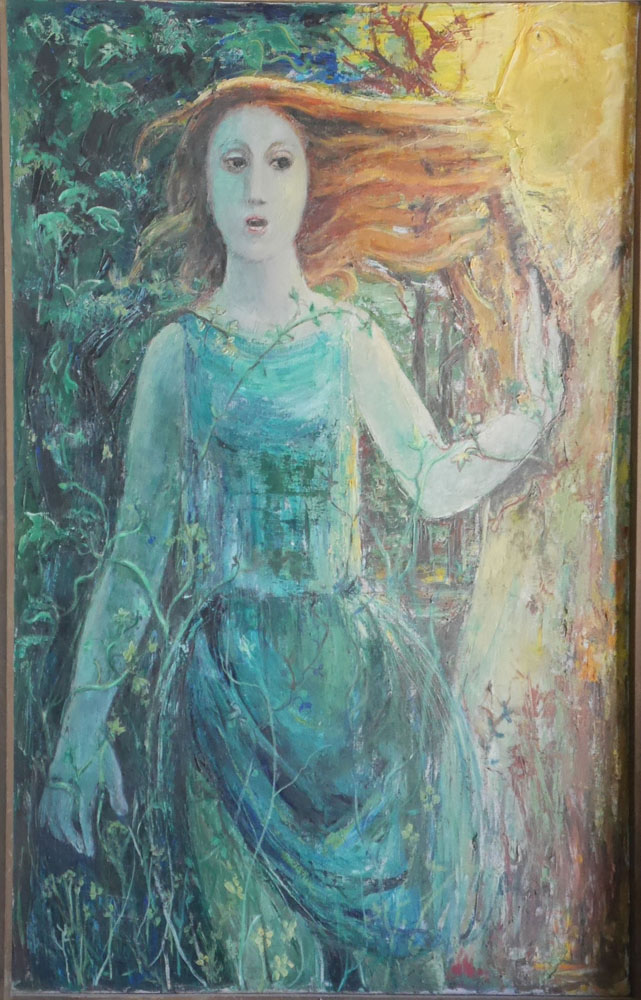
Daphne and Apollo is another one of my favorite themes, which is the intrusion of the divine into our world and the havoc that it causes, and how some people in a sense are sacrificed to it.
Daphne is one such person. Apollo, who was the Sun god, fell in love with her, and she refused him because she was afraid of him. She kept trying to run away from him. But of course that is very difficult since Apollo is the Sun. Finally, she ran for protection to her father, who was the river god Peneus. He turned her into a tree, and in that way she escaped Apollo.
In this painting. There is a sense of her hair standing up on the top of her head, which happens when you are in a terrible or peculiar situation. She has one hand pushing away because she is trying to evade or escape, but the hand looks like a tree because she is already becoming the tree. She just literally gave up her own nature to flee the invasion of the divine.
And the result is, I think, a good lesson for us. Because as a tree, what she has done is cut off the enormous possibilities that we have as human beings in order to take safety instead. Because as humans we love the divine but also fear it.
The astonishing power of the presence of God simply seemed to her, and was, a means of destruction. It is so overwhelming that you lose yourself. And of course that is the point: that you should lose yourself in the recognition of the divine, in the experience of the divine. But she refused that and clung to what she was. So the paradox of the story is that in order not to lose herself, she had to destroy herself.
Excerpt from an interview in Mary Holmes: Painting and Ideas by Addi Somekh and Gideon Rappaport with photography by Charlie Eckhert
Lilith and Eve (or Knowledge and Innocence)
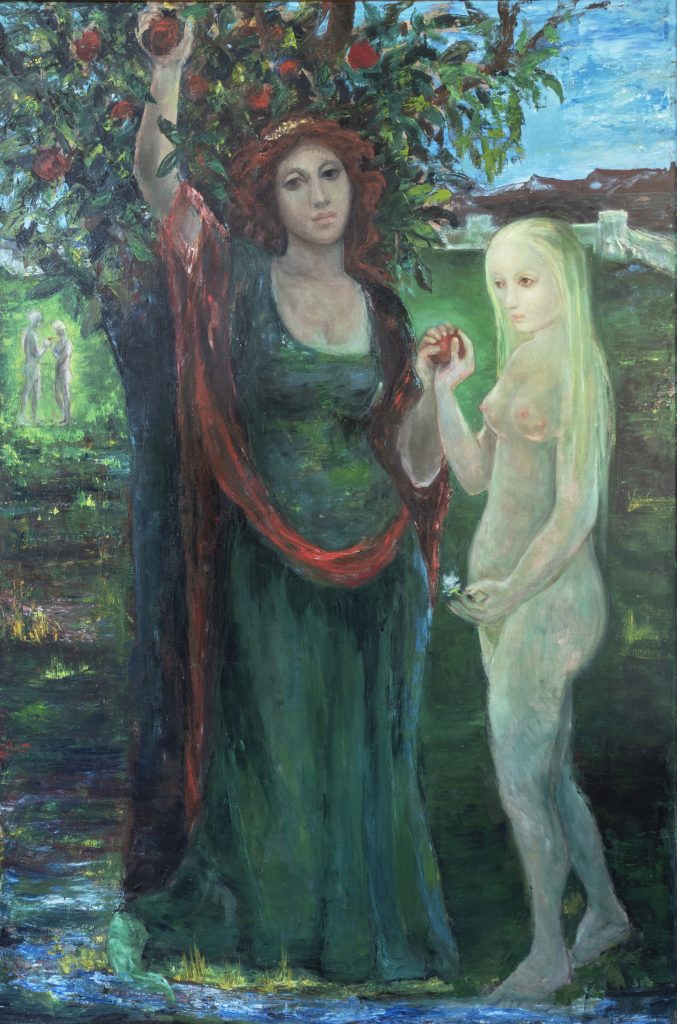
The story of Lilith is in the Bible, Jewish texts, as well as in many different mythologies, but only became extremely popular during the Middle Ages.
Lilith was Adam’s first wife, created on the sixth day and with the same earth as Adam–a contrast of Eve who was created from Adam’s rib. Many different stories have been written about Lilith and the way she was created. Some stories say she was made after Adam and some say she was made the same day as Adam, but regardless it is clear that the stories agree Lilith was made independently–not from Adam, but with Adam.
Lilith did not remain as Adam’s wife because she refused to be subservient to Adam. They were created equal, so fed up with the position she was brought into, she uttered the mystical, ineffable Name of the Almighty, clapped her hands, and flew away. Once she was gone, Adam complained to Jehovah that he was alone and Jehovah sent three angels to try to bring Lilith back. When the angels failed to bring back Lilith, Eve was created for Adam from his rib in the hopes that that would make Eve a more dutiful wife.
Although the angels were unable to bring back Lilith, they were able to punish her. When they originally found Lilith at the shores of the Red Sea, she was surrounded by demons and the hundreds of offspring she had with them. When she refused to return, the angels battled, won, and sealed her into the Outer Darkness. Afterwards they slaughtered her demonic children.
In the Outer Darkness, her form changed from a human woman to a human woman from the waist up and a serpent from the waist down. Lilith became the consort of archangel Damael and other fallen angels, going on to birth many of the greatest demons–such as vampires known as succubi, because of the anger she felt for her slain children and of Adam–many of her children would continue to plague Adam and Eve’s children. In some stories it is said that Lilith was able to sneak back into the Garden of Eden even after being banished and was the one who tricked Eve into eating the forbidden fruit.
Although the story of Lilith is dark, it is also important because it describes the tale of a feminine power that is often overshadowed by the many important male figures and their roles
Interpreted and written by Cindy Ma, April 16, 2014
Europa and the Bull
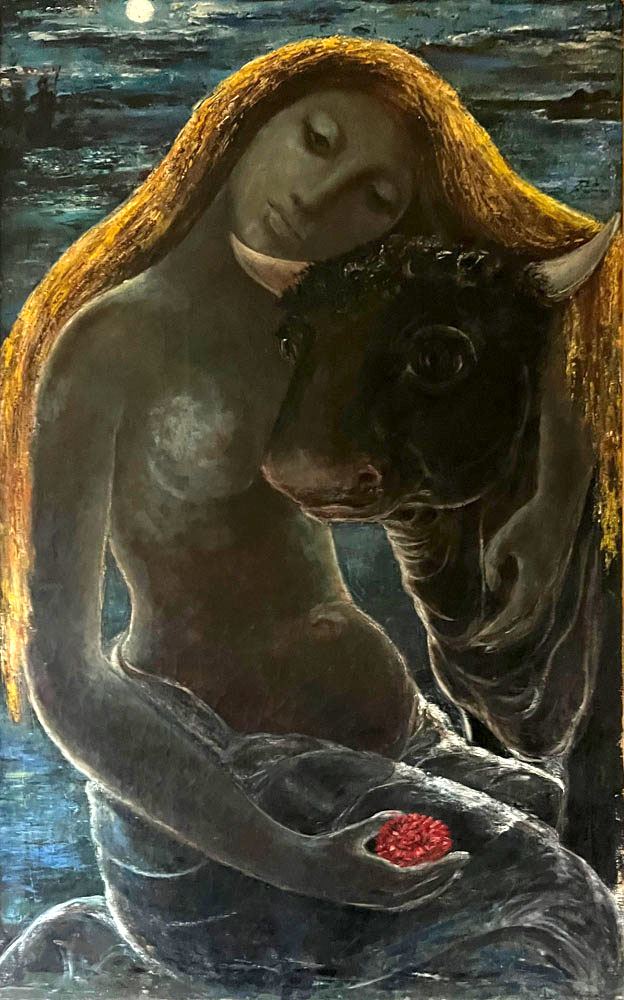
Europa and her friends were dancing and picnicking on the Asian shore of the Mediterranean. Zeus saw her and fell in love with her. He took the form of a bull and came and stood nice and sweet around all the people. They were so delighted by him that they made garlands of flowers for him and petted him. Finally they started to get on him and try to ride. When Europa got on him, he ran to the beach and dashed away across the water and deposited her on the island of Crete. She later gave birth to Minos, the founder of the Minoans, the first European civilization. And that’s why Europe is called Europe.
The story symbolizes the radical bringing of the Eastern world into Europe, literally as Europa was carried there by Zeus. In the Mediterranean, the bull is always sacred and the bearer of divinity. In the Northern world, it is always the female figure that is sacred.
Europa is holding a flower, so that suggests a union of the animal, the human, and nature all in one. It is the wonderful union of those opposites that gave Europe the kind of strength that could pull it up out of nothing to be dominant. It was a cross-fertilization of the Eastern and Western worlds, and once it happened it could never go back. It was written in stone. I think this union of opposites explains the marvelous fertility of Europe, the way it keeps producing extraordinary people and amazing ideas: knowledge of and interest in the historical past, romantic love, science, liberty–all emerged out of the same tiny part of the world over a few hundred years.
Excerpt from an interview in Mary Holmes: Painting and Ideas by Addi Somekh and Gideon Rappaport with photography by Charlie Eckhert
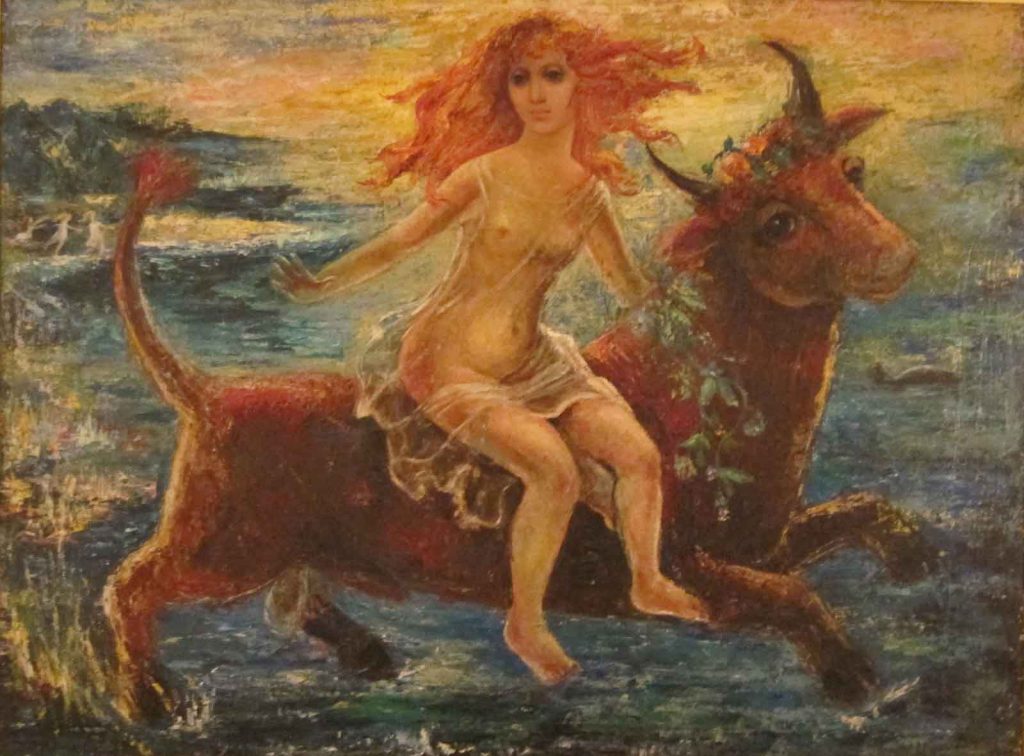
Judith and Holofernes
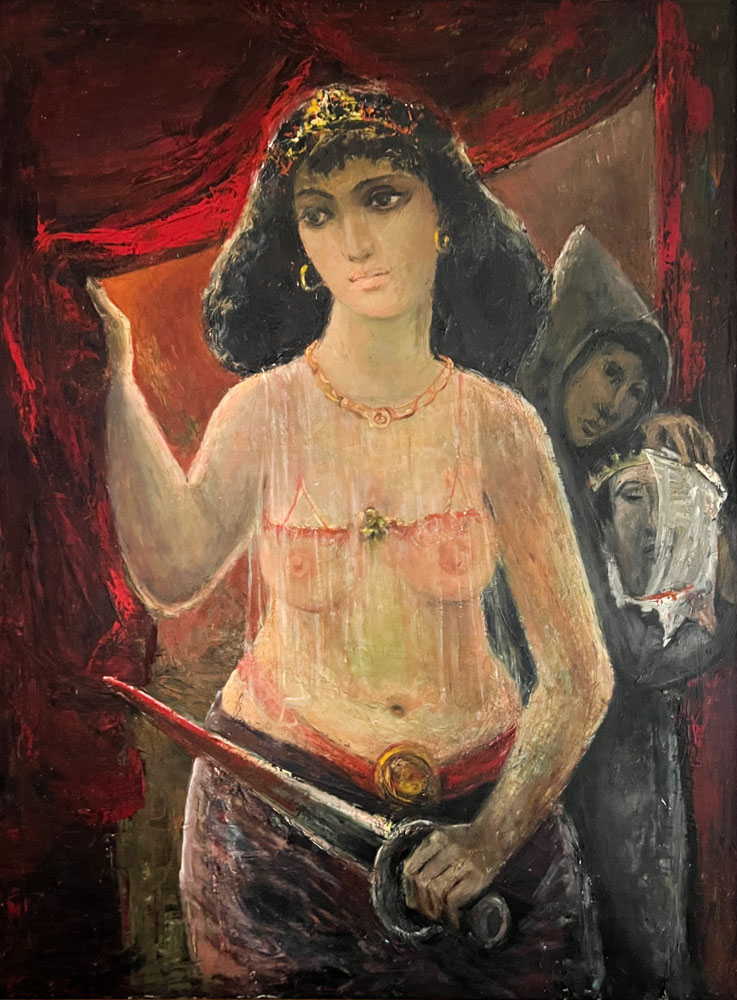
Judith was a beautiful Israelite widow. The Israelites were being besieged by the Assyrians. So she went out with wine and nice things to eat to give to the opposing general, Holofernes. She arrived with her servant, and she said she wanted to see Holofernes and that she had something nice for him. They searched her and she had no weapons. So they let her in, and she gave him wine and a nice snack. She was promising him a nice little rendezvous, you see. And then she took his own sword and killed him–chopped off his head and came back out with his head in her hand. They put it up on the walls of the city. And of course his army knew that they had lost, so they withdrew.
Judith became a great heroine, and all the people named Judith are named for her. The story is such a great parable of people’s sexual lives and how innocently we can walk into a situation that is disastrous for us. Because Holofernes wanted this delightful erotic fun after a long day of battle. But instead he invited his own destruction.
So Judith stands for the false promise of love–where people think “Well this doesn’t count much, I’ll have a little one-night stand with this person.” and pow! Either they have some horrible experience or, worst of all, they fall in love with the person and can never leave.
Excerpt from an interview in Mary Holmes: Painting and Ideas by Addi Somekh and Gideon Rappaport with photography by Charlie Eckhert
The Sukkah
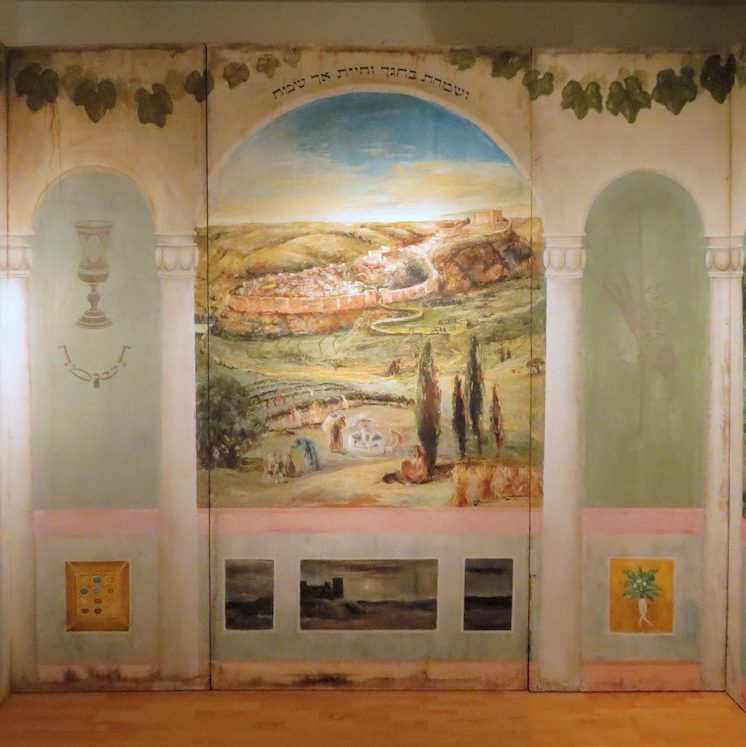
When the Children of Israel left their enslavement in Egypt over three thousand years ago, they wandered in the desert for 40 years before arriving in the Promised Land. As they moved from place to place, they lived in temporary huts called Succahs. During the Jewish holiday of Sukkot, which occurs each year in the fall, Jews dwell in temporary structures out of doors, in part to commemorate this episode of their history. The structures themselves are usually modest. They must have a roof of cut foliage through which to see the stars. It is a tradition to decorate them and to invite guests.
In the summer of 1987, Mary Holmes undertook these paintings to decorate the Succah of Benyamin (Bruce) Cantz. The seven panels depict the seven faithful shepherds of Israel: Abraham, Isaac, Jacob, Moses, Aaron, Joseph, and King David. These figures are called Ushpizin (guests). They are the spiritual guests welcomed into the Succah along with the Shechinah. The eighth panel is of the ancient walled city of Jerusalem with the traditional wine (Kiddush) cup on the left and the lulav and esrog on the right.
The pictures in the lower frames are symbols of the twelve tribes of Israel. The foliage around the top represents the seven fruits of Israel: olive, date, pomegranate, grape, fig, wheat, and barley.
During the seven-day holiday, one spends as much time as possible dwelling in the Succah, including eating all means, and rejoicing in the festival.
Orpheus and Eurydice
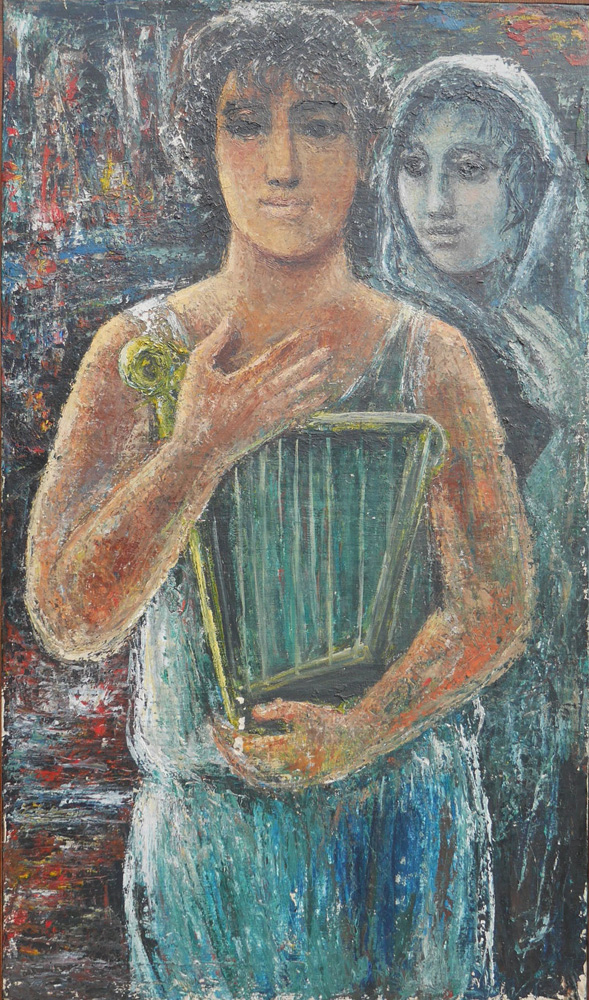
Orpheus was the child of the god Apollo and the muse Calliope. He was born with a unique ability to enchant and influence the emotions of all the wold’s inhabitants, from gods and mortals to animals and stones with his voice and lyre. While his talents inspired infatuation and admiration in others for him, he never fell in love until the day he met Eurydice. He first met her when he was giving a musical performance in a wooded glen. Eurydice had been drawn to the glen despite her very shy nation to join the crowd of nymphs and animals who pressed close to Orpheus, eager to drink in his sweet melodies. As her eyes met Orpheus, her heart was forever sealed to his, bound by love and the hypnotic melody of his music.
From this moment they were inseparable, never content to be out of each other’s glance and touch for even a moment, and soon they were wed. However their new life would be cut tragically short soon after their wedding when, running in the woods hand and hand caught up in each other’s love, Eurydice would be bitten by a viper with a poison so toxic that her would was swept away to the underworld within moments, leaving Orpheus with a grief unbearable in its burden. Orpheus wandered the world lost and dazed accompanied only by his songs of lament pouring from his shattered soul in a torrent, bringing all living things around him to tears until finally the Gods, moved by his plight, advised him to take his case to Hades.
Hades, the God of the Underworld, whose heart was said to be encased in stone, carefully layered and applied to defend against the constant pleas of families for their loved ones to be returned: a favor that could rarely be granted, in order to protect the world balance. Orpheus stood defiant before Hades and his songs of sorrow were like unyielding floods, his voice colored with a torment so raw it proved unendurable even for Hades, who was reduced to a grief and a pity few had seen. Hades promised he would let Eurydice follow Orpheus back to the world of the living as long as Orpheus did not look back at her, but trust she was following behind. Orpheus was faithful, although worry gnawed at his heart that he was being tricked.
At the threshold to the world above, with sunlight spilling in, mellowing the darkness to soft grays, Orpheus could bear his promise no longer. He was overcome by his desire to hee his beloved’s face. He looked back. Once more his eyes held hers but only for a moment, for she was dragged back into the darkness forever. Orpheus too was pushed out and barred forever from another attempt, for he had wasted his oh so precious favor. Shattered by knowing that he had doomed Eurydice by his actions, he never allowed himself to love another woman or even to feel a woman’s touch, and this would lead to his death. Soon after returning from the underworld, he faced the wrath of a group of maenads, the wild female followers of Dionysus, god of wine. Angered by his rejection to join in their celebration, they tore him to pieces. It is said his head, though detached, continued to woefully sing for his lost love.
Researched and interpreted by Tarren McNally
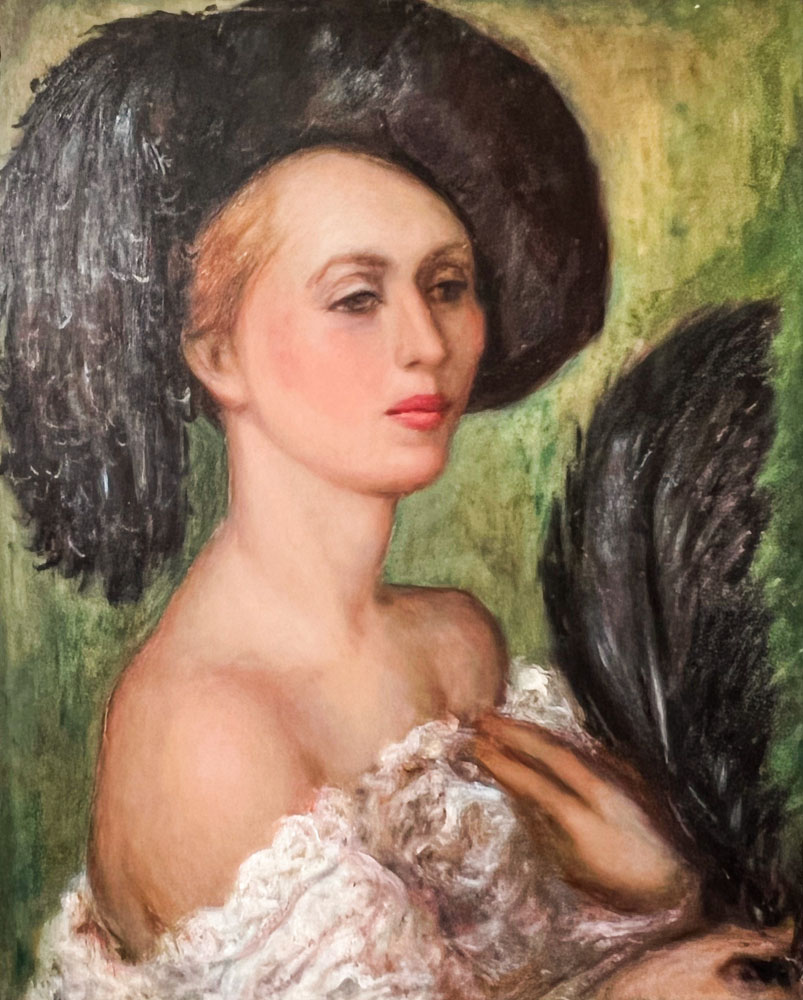

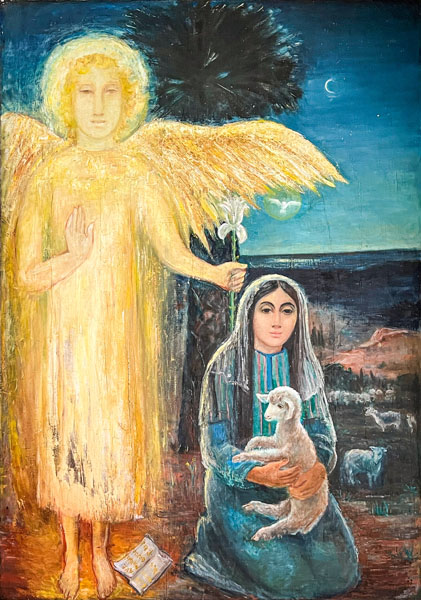
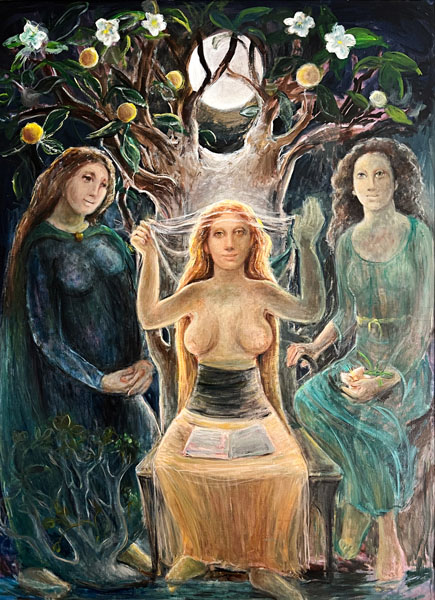
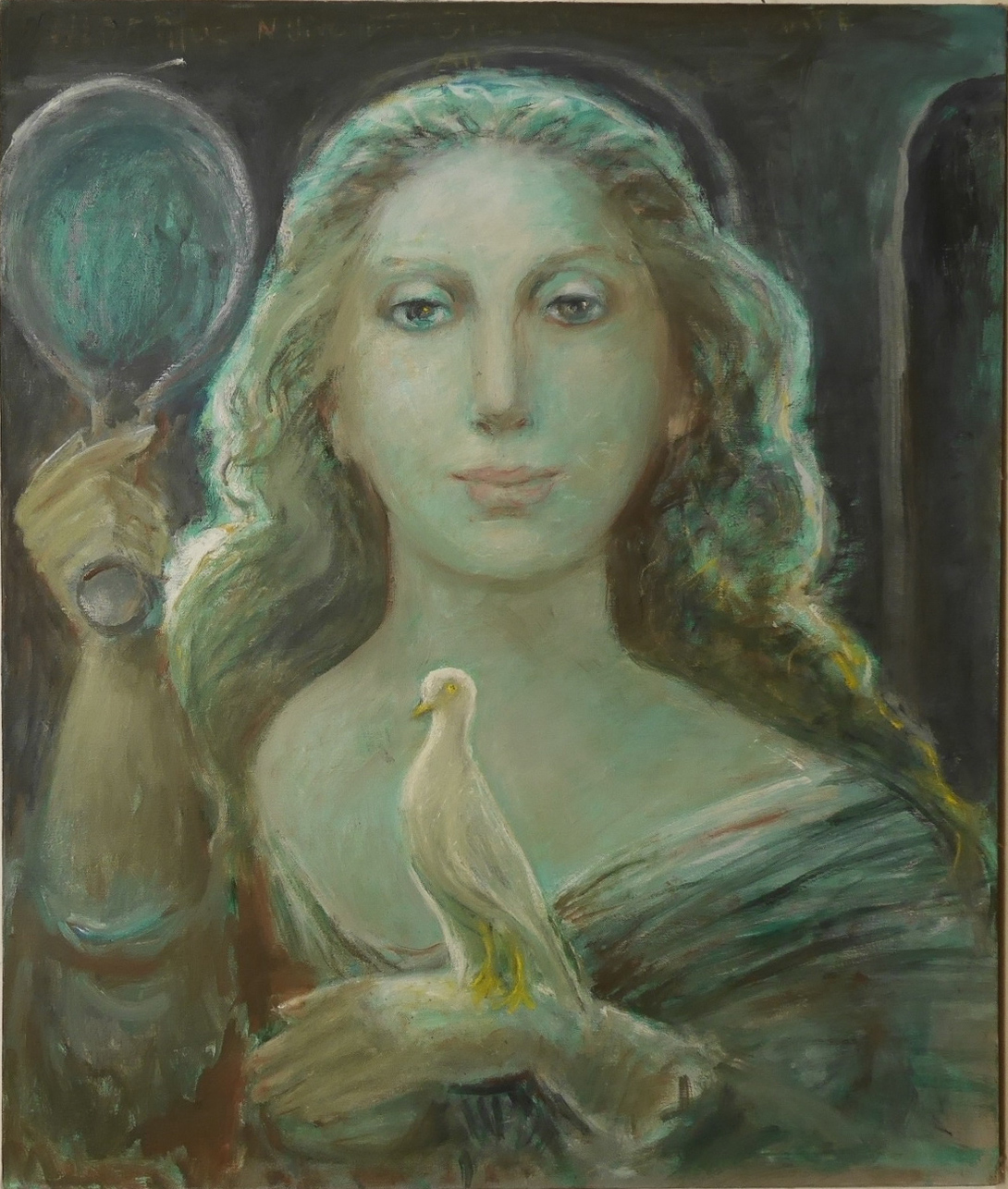
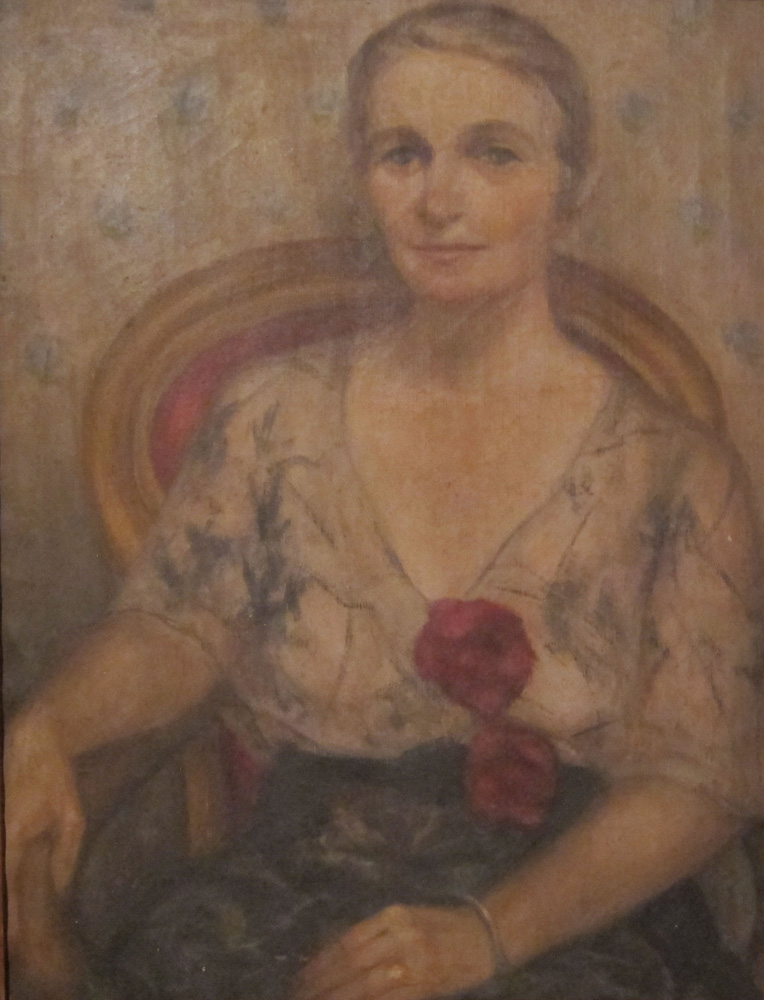
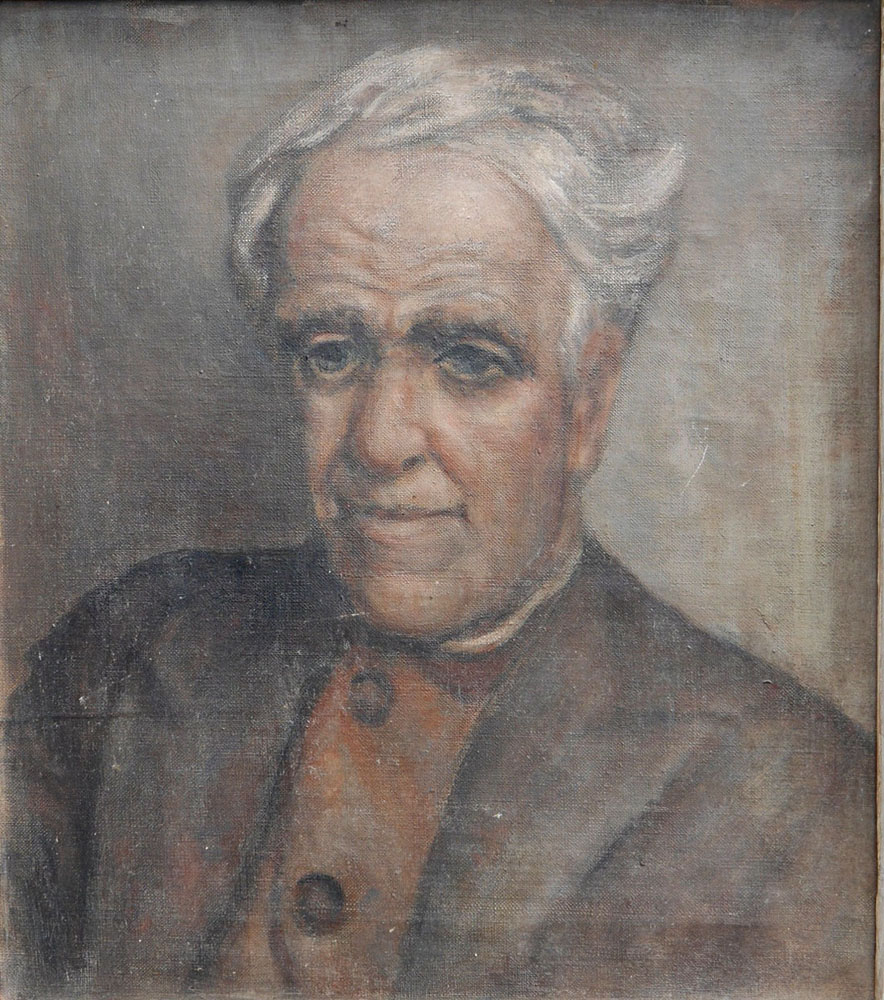

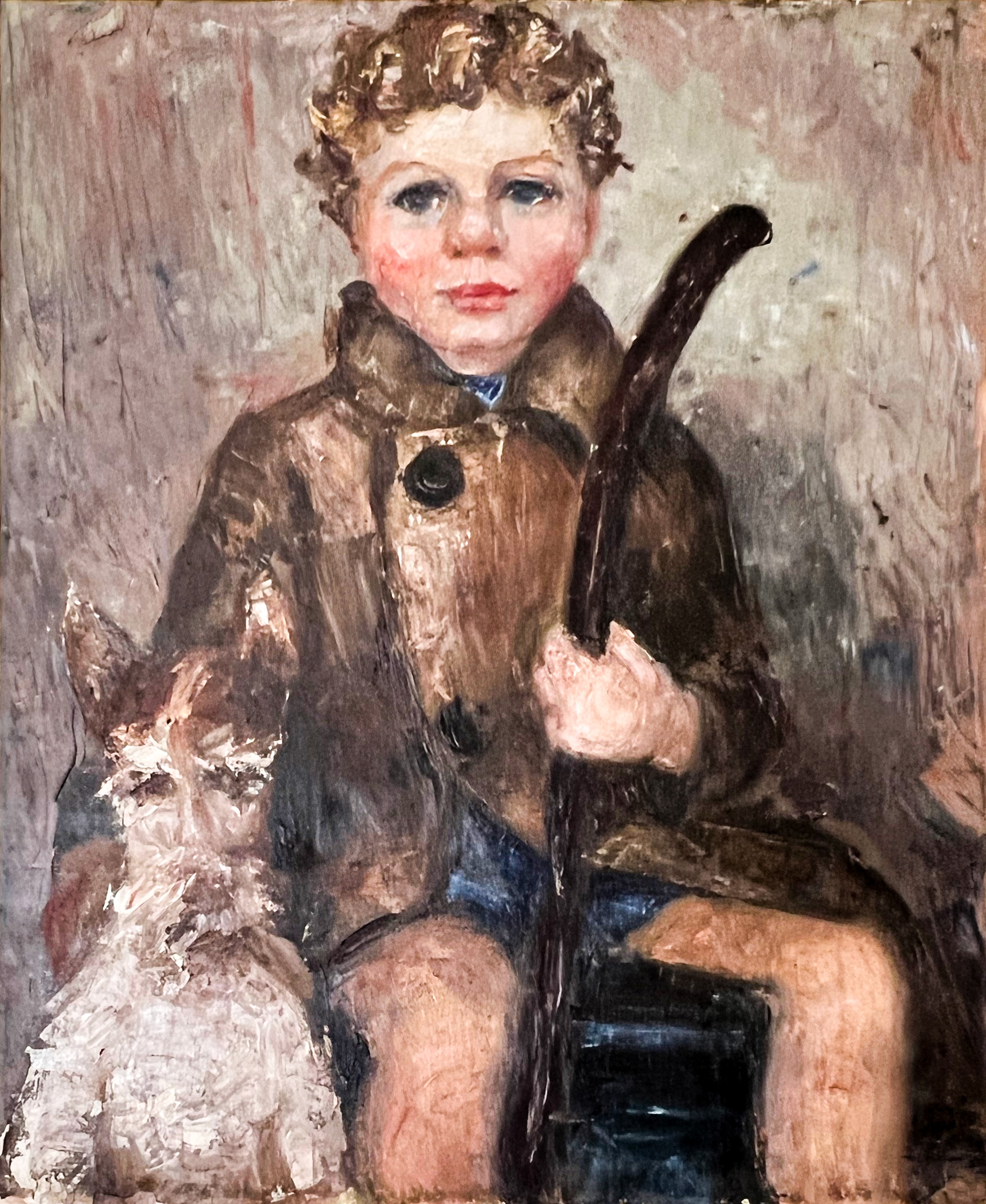
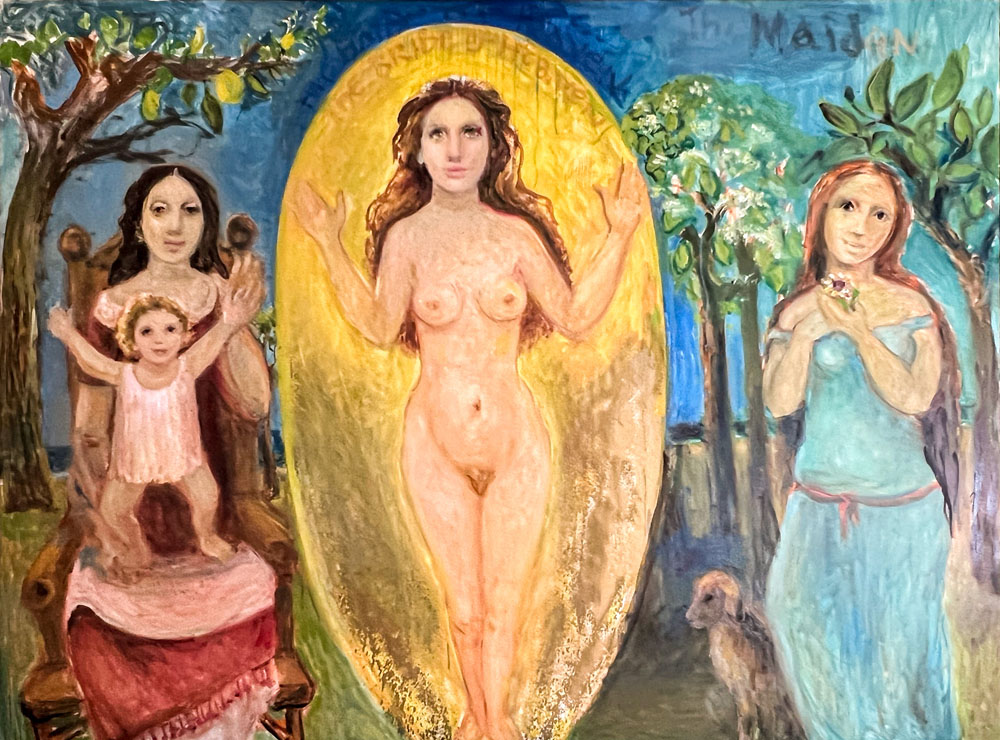
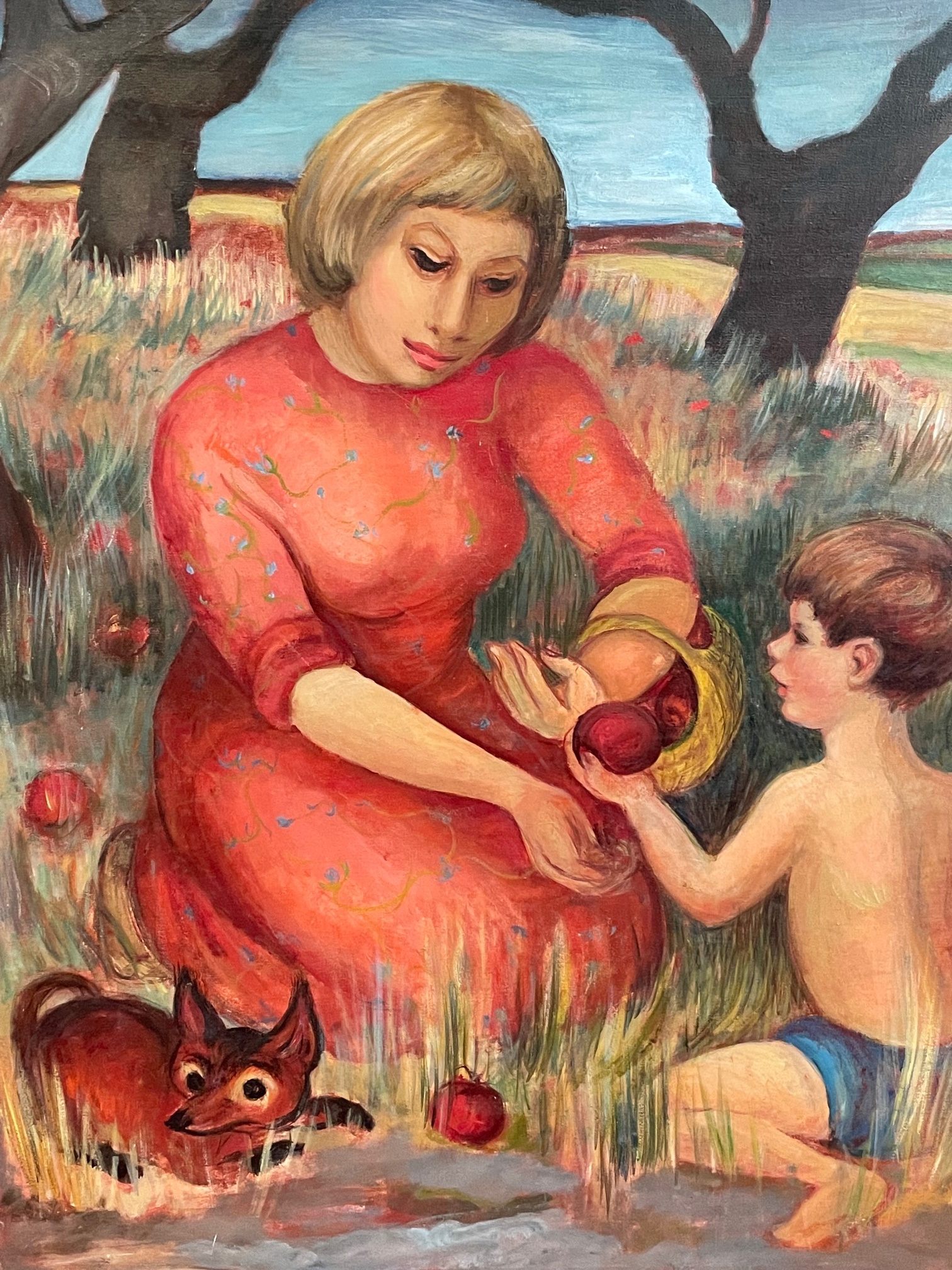
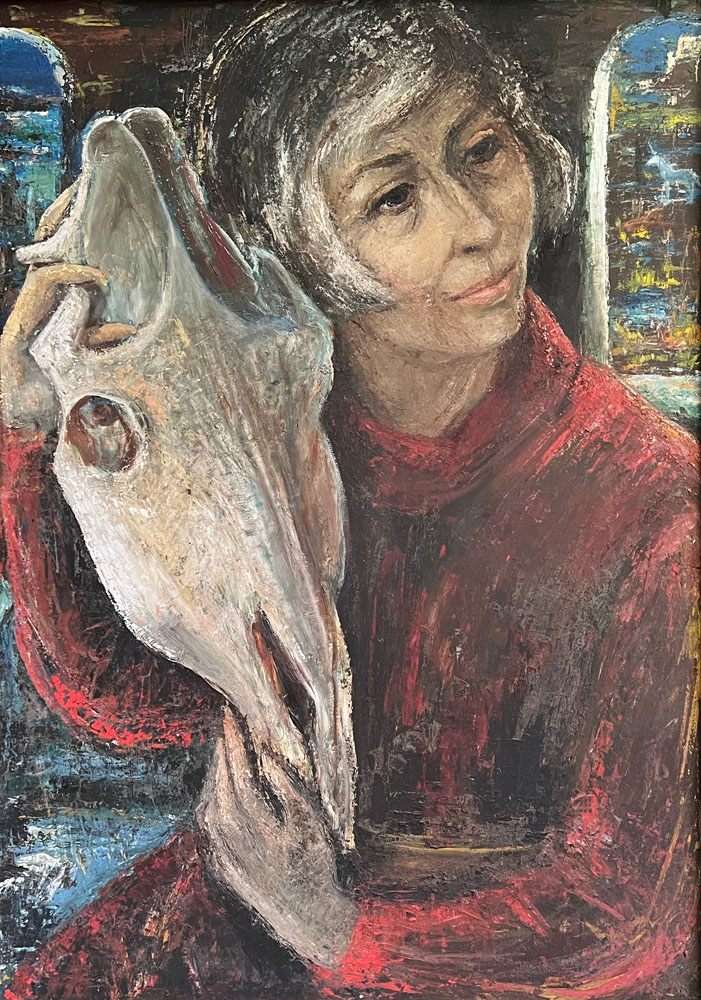
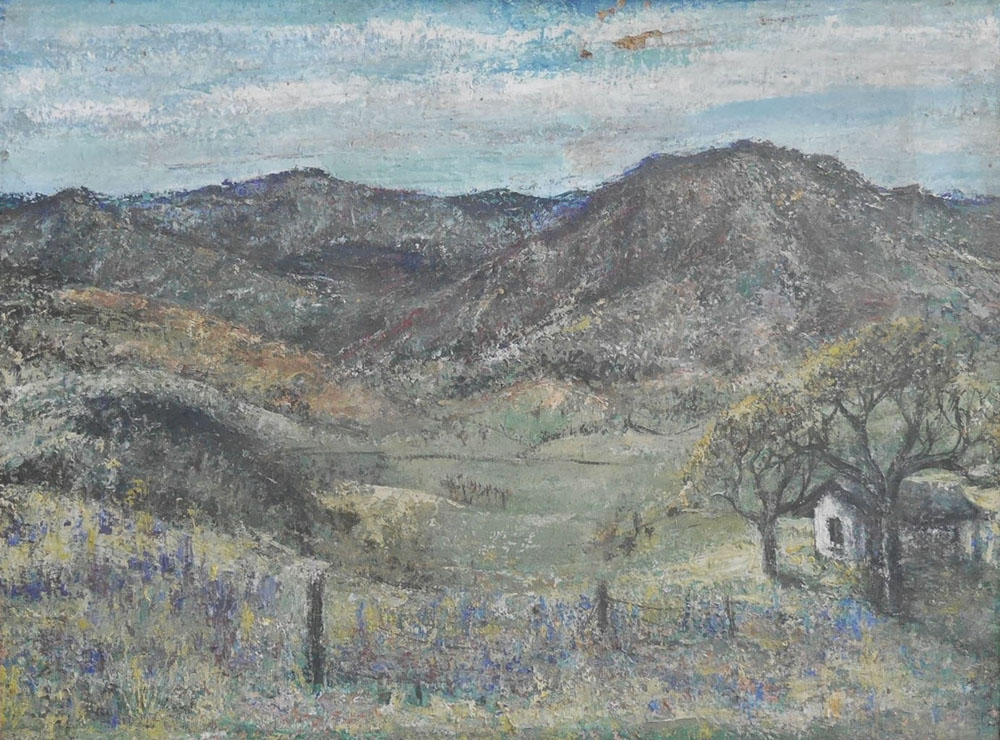
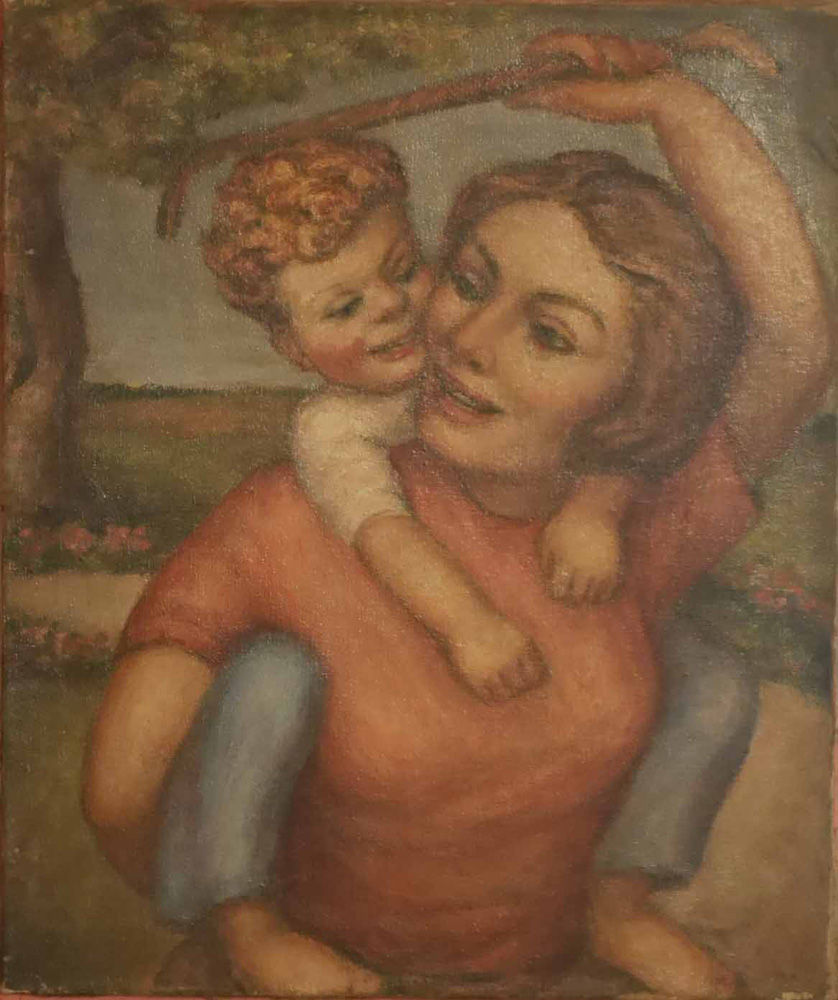
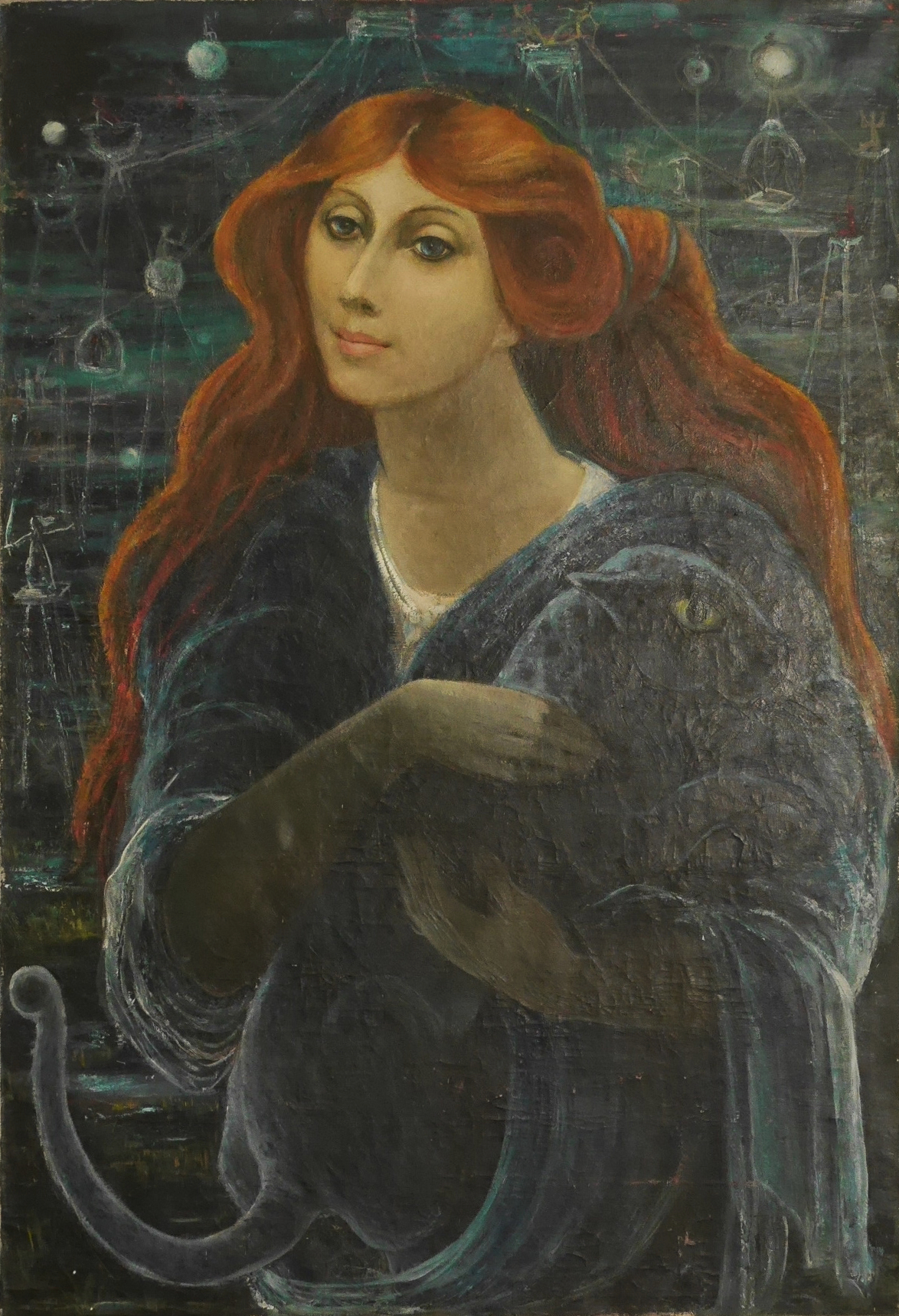
Sponsors of the Show:
Boutelle Family in loving memory of Sara Boutelle
Bruce Cantz and Gideon Rappaport
Angie Christmann and the Dungeoneers
Mary-Alice Copp
Cowell Student Senate
Faye Crosby in Memory of Mary Heuser
Frame Circus
Bill Fredlund and the Institute for Western Civilization
Impact Inc.
Coeleen Kiebert
Catharina Marlowe in loving memory of David Marlowe
O’Malley Family
Bob Newman in loving memory of Andrée Newman
Palace Arts
Penny University
Pioneer Faculty of Cowell College
Rescue Committee
Santa Cruz Picture Framing and Gallery
Smith Family
Steve and Cathy Shender
Addi Somekh
Rosalind Thomas
Beatrice Jane Thompson
Lynne Wolcott